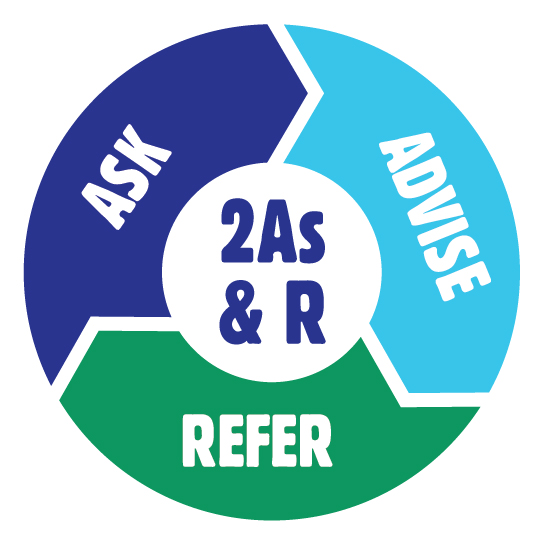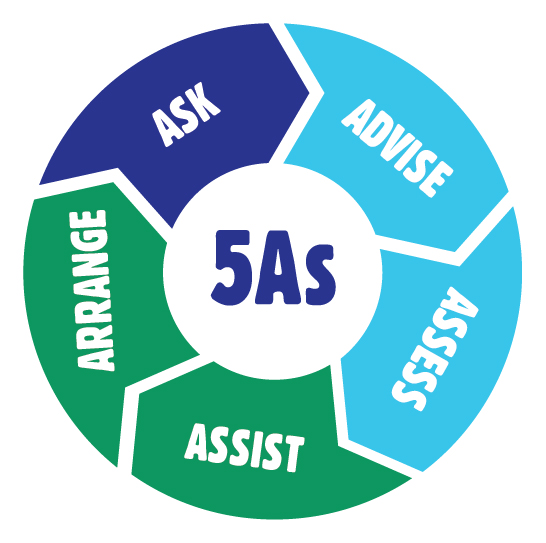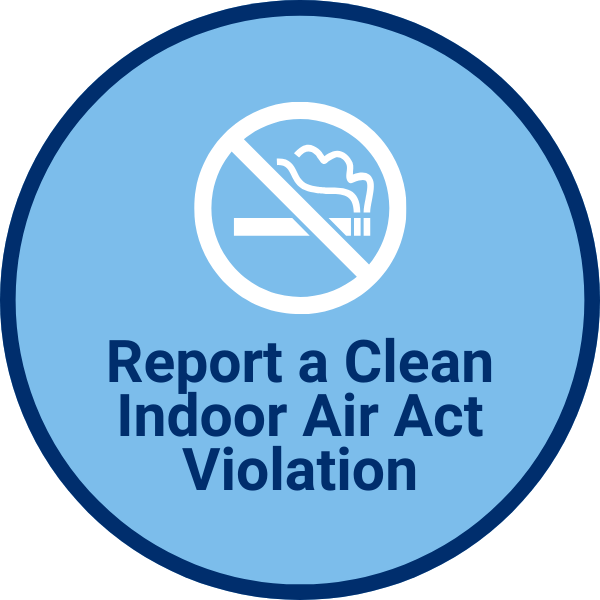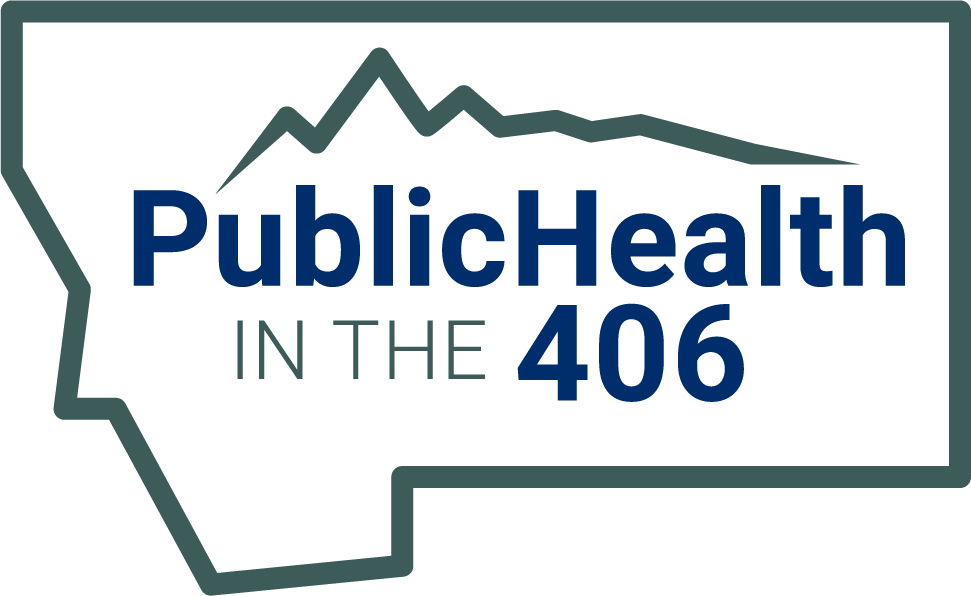Provider Resources

Engaging Patients
Tobacco dependence has two parts, the physical addiction and the behavioral habit. The physical addiction to nicotine can be treated with cessation medications (Nicotine Replacement Therapy or prescription medications, Chantix or Bupropion). The behavioral habit is treated with counseling to help people who use tobacco to successfully navigate through triggers and habits they associate with using tobacco (eating, breaks at work). Treatment should address both the addiction and the habit.
Brief Intervention Using 2A's & R
- Less than 3 minute intervention
- Quickly identify tobacco use
- Short interaction to help patient make positive change
- Evidence based and easy to incorporate
- More than doubles the odds of successfully quitting
Ask all individuals about tobacco use at every visit
Advise all people who use tobacco to quit
Refer to the Montana Tobacco Quit Line or other cessation service if available
Brief Intervention Using 5A's
The 5 A's is a more intensive intervention
Ask all individuals about tobacco use at every visit
Advise all people who use tobacco to quit
Assess readiness to quit
Assist individuals interested in quitting with their quit attempt
Arrange a follow up visit or call to track progress
More Resources:
Common Concerns When Talking to Patients about Tobacco Use
CDC Tobacco Intervention Flyer
Million Hearts Protocol for Identifying and Treating Patients Who Use Tobacco





